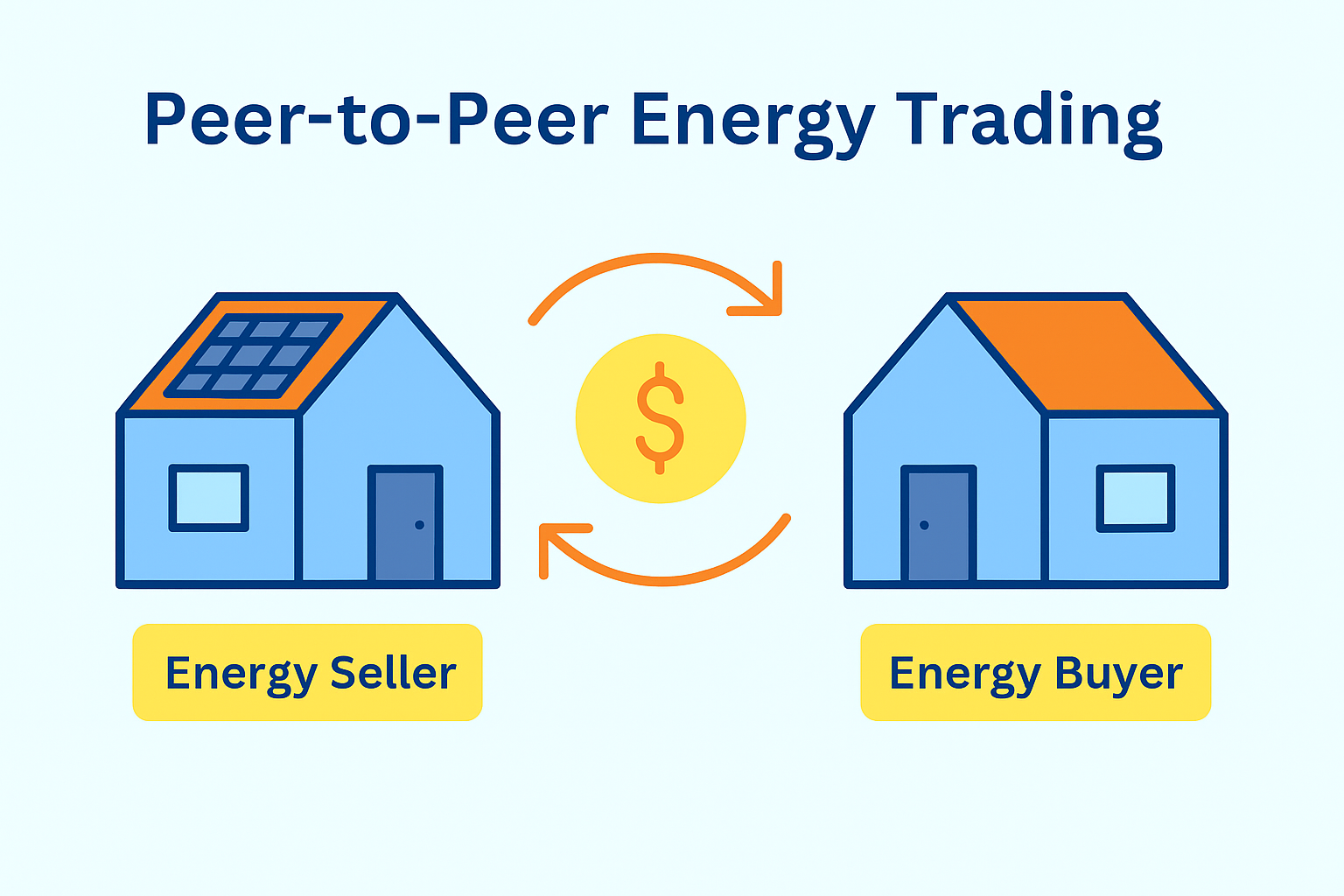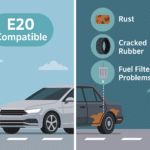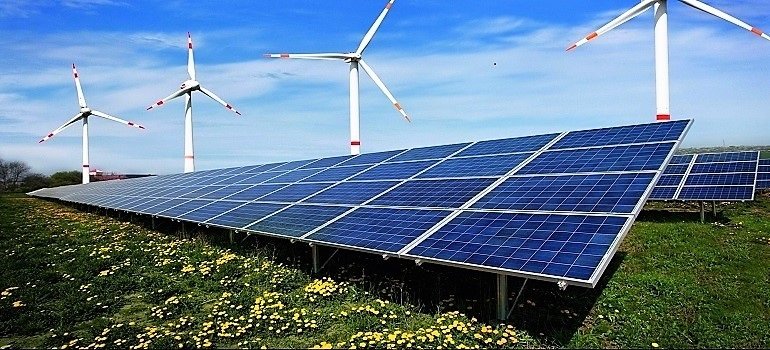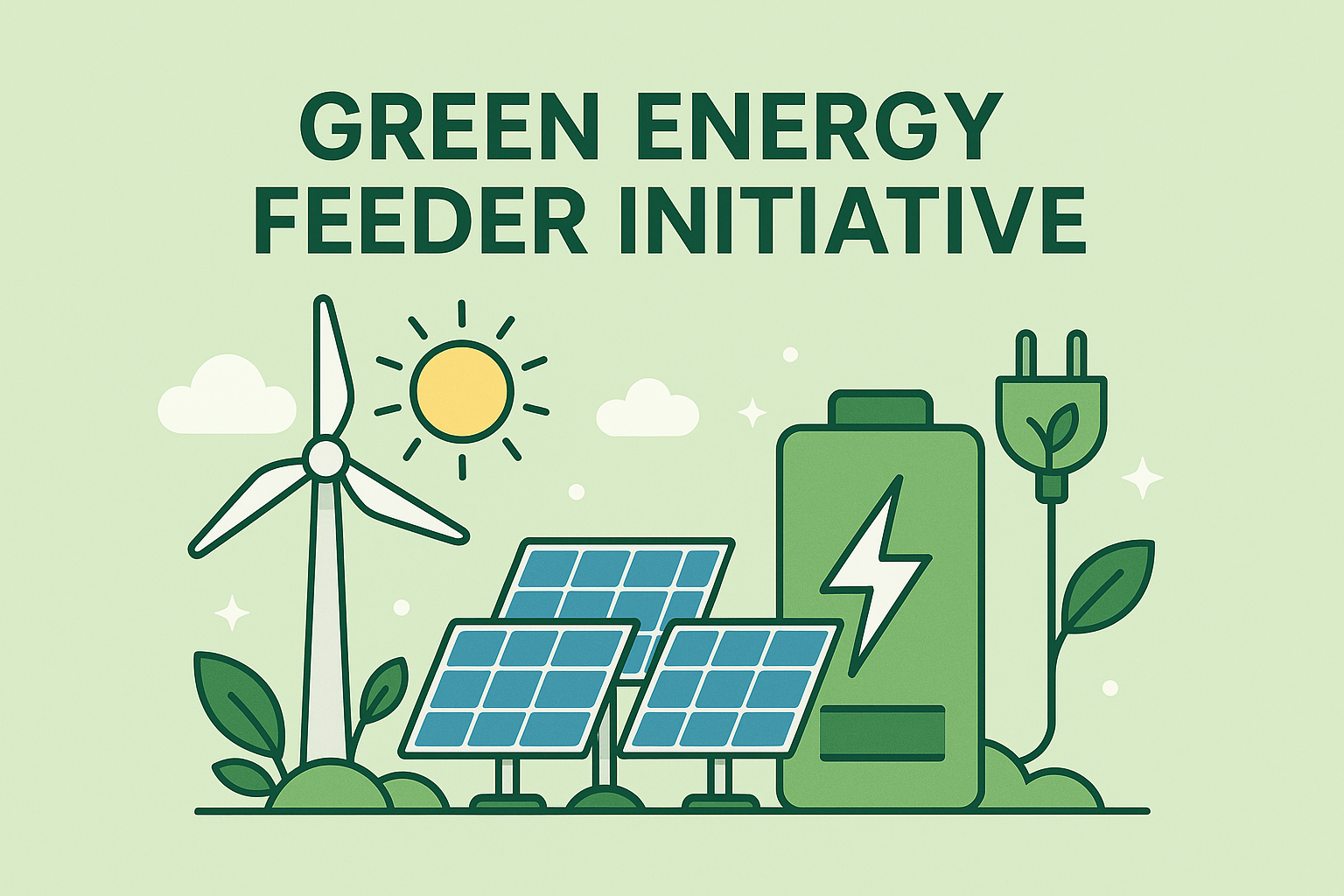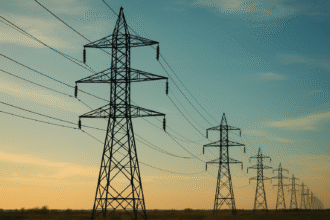Gujarat, one of India’s renewable energy frontrunners, has unveiled a pioneering Hybrid Renewable Power Policy designed to maximize land efficiency, stabilize grid operations, and deliver uninterrupted clean energy to consumers. By incentivizing co-location of wind and solar—and by streamlining approvals for large-scale hybrid parks—the state aims to boost capacity utilization, lower tariffs, and demonstrate a replicable model for nationwide 24×7 renewable power.
Policy Overview and Objectives
- Scope: The policy applies to both grid-connected hybrid (wind + solar) projects and off-grid hybrid microgrids.
- Targets: Facilitate at least 5 GW of new hybrid capacity within two years; reduce variability in renewable generation; and attract ₹20,000 crore of fresh investment.
- Land Optimization: Mandates shared use of designated land banks for combined wind and solar arrays, cutting site preparation costs and accelerating clearances.

Streamlined Approvals and Governance
- Single-Window Clearance: GEDA coordinates with Forest, Environment, and Water Resources departments to fast-track clearances within 60 days.
- Land Bank Leasing: Transparent auctioning of wasteland parcels, with 30-year leases and built-in environmental safeguards.
- Coordination Cell: A state-level Hybrid Power Cell in the Energy Department monitors project timelines and resolves developer queries.
Technical and Commercial Benefits
By fostering hybridization, Gujarat intends to raise the capacity utilization factor (CUF) of its renewable fleet from industry averages of 18–22 percent for solar and 30–35 percent for wind to combined levels exceeding 40 percent. Higher CUFs translate into better returns for developers and lower tariffs for consumers. The state’s landmark Gujarat Hybrid Renewable Energy Park—slated to become the world’s largest hybrid park with 30 GW capacity across 72,600 ha of wasteland near Khavda—epitomizes this vision.
Off-Grid Hybrid Solutions
Beyond grid-connected hybrids, the policy provides off-grid solutions for industrial estates, telecom towers, and rural microgrids. These systems can earn RPO compliance certificates and benefit from accelerated depreciation and state subsidies, making them financially viable. GEDA’s streamlined approval process, single-window clearance mechanism, and time-bound scoping studies have significantly reduced lead times, addressing a key pain point for developers.
Gujarat’s policy reflects a broader national shift toward flexible renewables and storage integration. As India pursues round-the-clock renewable mandates, hybrid power plants, paired with battery energy storage systems, will play a central role. The policy dovetails with recent central initiatives, including incentives under the Production-Linked Incentive (PLI) scheme for battery manufacturing and grants for green hydrogen hybrid projects.
By pioneering hybrid norms, Gujarat sets a template for other states seeking to optimize renewable assets, enhance grid reliability, and attract investment. Early interest is strong: several major developers—including Adani Green, ReNew Power, and Azure Power—have submitted bids for upcoming hybrid tenders totalling 5 GW across Kutch and Jamnagar districts. If successful, this will accelerate India’s transition to a flexible, resilient 24×7 renewable energy system, aligning with national climate goals and economic growth imperatives.



